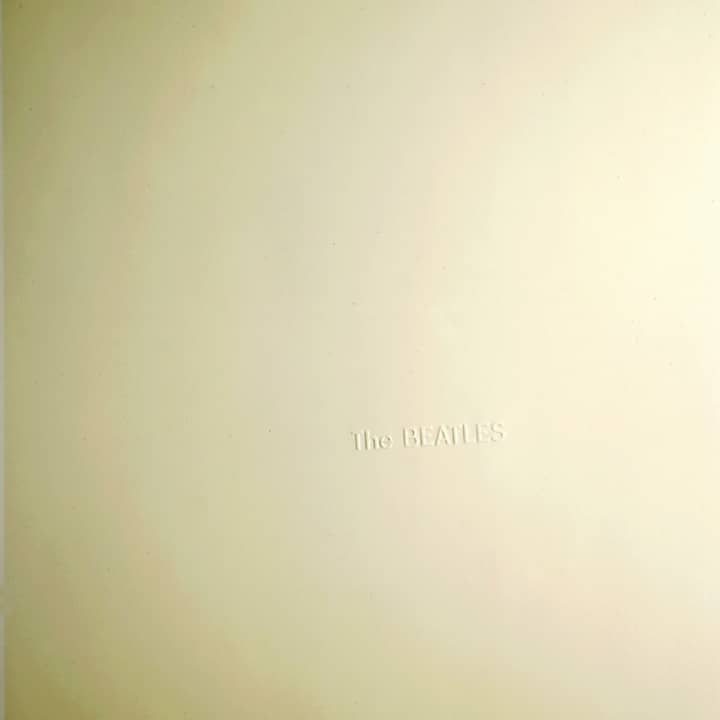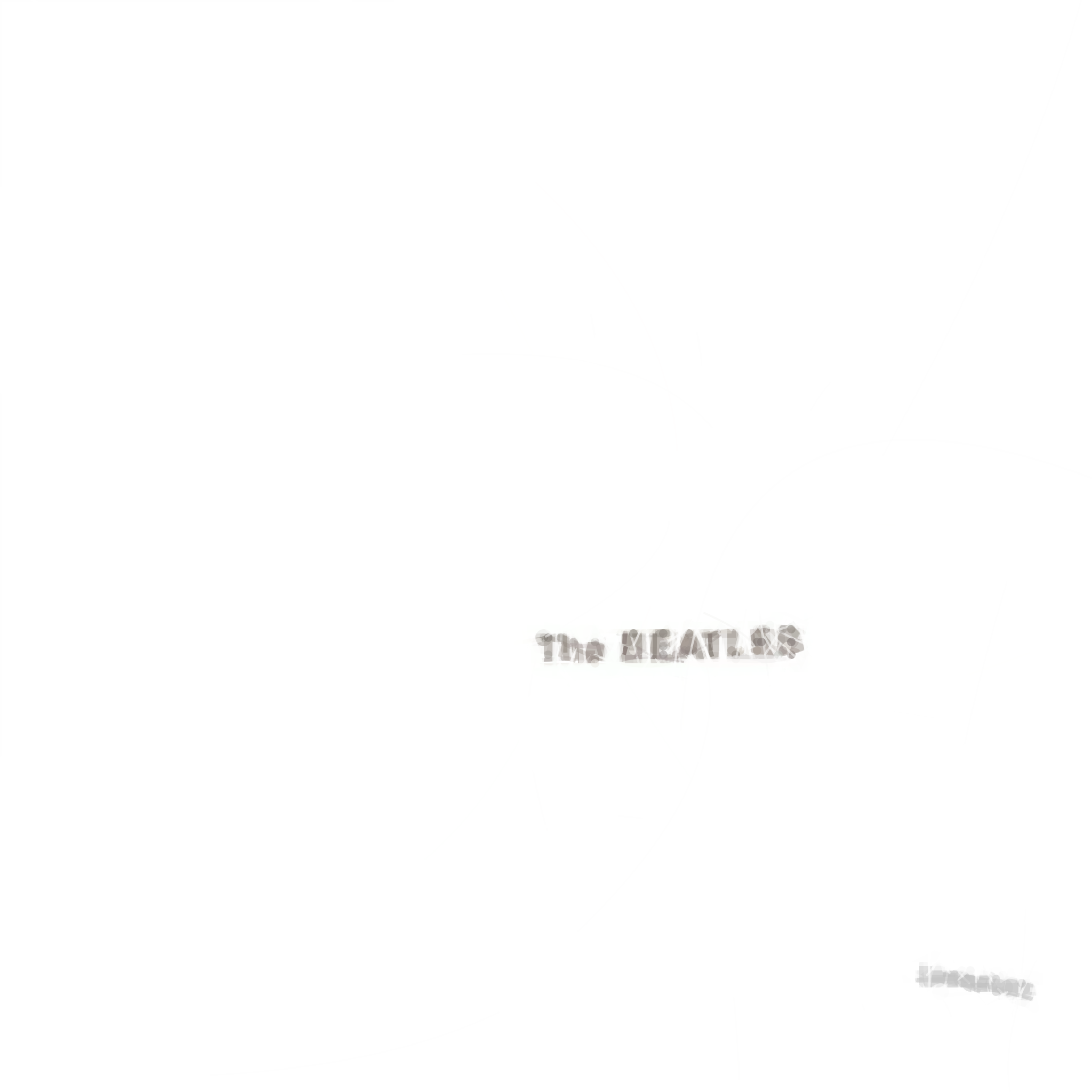Birthday is a lightweight but inoffensive and fairly rocky track from the White Album. It was composed mainly by McCartney in an abbreviated studio jam session, scheduled to allow the band to watch The Girl Can’t Help It which was being shown on TV that evening. The story of the song is well explained (with several extended quotes) in the Beatles Bible article. Having booked a shorter than normal studio session, Paul arrived early and began jamming around the riff of the song. As time was limited the band agreed to build a backing track around the riff to see where it went:
… we kept it very simple, 12 bar blues kind of thing. And we stuck in a few bits here and there in it, with no idea what the song was or what was gonna go on top of it. We just said, ‘OK, 12 bars in A, and we’ll change to D, and I’m gonna do a few beats in C.’ And we really just did it like that. Random thing. We didn’t have time for anything else, and so we just recorded this backing. And we came back here to my house and watched The Girl Can’t Help It. Then we went back to the studio again and made up some words to go with it all. So this song was just made up in an evening. (Paul McCartney to Radio Luxemburg as quoted in The Beatles Bible article)
The opening song in the second half of The Beatles’ White Album, ‘Birthday’ emerged from a jam in Abbey Road’s studio two.
 Continue reading on Beatles Bible →
Continue reading on Beatles Bible →Lennon remembered the song as being “sort of made up in the studio. It was a piece of garbage”. This is a bit harsh. Although there is not much to it, lyrically and musically, it is a coherent sound that put the Beatles through their musical paces. Even if (to put it mildly) the song is not the deepest or most meaningful on the White Album, it certainly beats Wild Honey Pie and Why Don’t We Do It In The Road, and in terms of performance it is as tight and energetic as Back In The USSR. Like some of the other McCartney tracks from the late 60s it serves the function of balancing heavier, bleaker and more intense tracks (and there are plenty of these on the White Album). It’s not the greatest Beatles song, but the performance warrants its position in the middle of this ranking, not bad for a song written and recorded on the spur of the moment.
But why did they record it so quickly? It might seem a bit weird, considering how hard the Beatles typically worked – why knock off just to watch a movie?
In those days (and indeed until the 1980s) there was no way to record live TV, to rent a movie, and of course no streaming. Movies had a relatively short showing at the cinema, and so a favourite old movie being shown on TV was an event to put in the diary. British TV channels had only limited budgets for films and they didn’t show many. It may have been the only chance to see it for five or more years.
And the Beatles really loved The Girl Can’t Help It, a 1956 film from the halcyon days of their teenage years, the Summer of 1957 when they fell in love with rock’n’roll and when John and Paul met.
When The Girl Can’t Help It finally reached Liverpool early in the summer of 1957, it showed John America’s new rock-’n’-roll stars as living beings for the very first time—minus Elvis, admittedly, but featuring cameo performances by others he worshipped almost as much, plus a few he’d barely heard of, all in voluptuous Eastmancolor and megascreen CinemaScope. Here was Little Richard shrieking the title song in voice-over as Jayne Mansfield’s mighty cleavage sashayed along a street, making men’s glasses shatter in their frames and milk spurt out of bottles as though in premature ejaculation. Here was Eddie Cochran, a hunky young Elvis clone, singing ‘Twenty Flight Rock’ while aiming his gorgeous vermilion guitar to left and right like a tommy gun. Here was another white newcomer, Gene Vincent, a bony ex-sailor with an eerily high and sibilant voice, keening a second classic piece of rock-’n’-roll Jabberwocky, entitled ‘Be-Bop-a-Lula’. Here, even more fascinatingly to John, were Vincent’s backing group, the Bluecaps: not merely tacked-on session men but fellow spirits who shared their leader’s aura of dissipation and menace, and counterpointed his vocal with almost animalistic whoops and yaps and cackles. (Excerpt from Philip Norman’s John Lennon: The Life)
When Lennon and McCartney first met in July 1957, Lennon (performing with the Quarrymen in a procession destined St Peter’s Church fête in Woolton) had just sung Be-Bop-A-Lula on stage for the first time. McCartney introduced himself by playing Twenty Flight Rock. So the movie was a pretty significant piece of teenage nostalgia that encapsulated everything they set out to do when they first got together. By 1968 it must have felt like a very long time ago.

